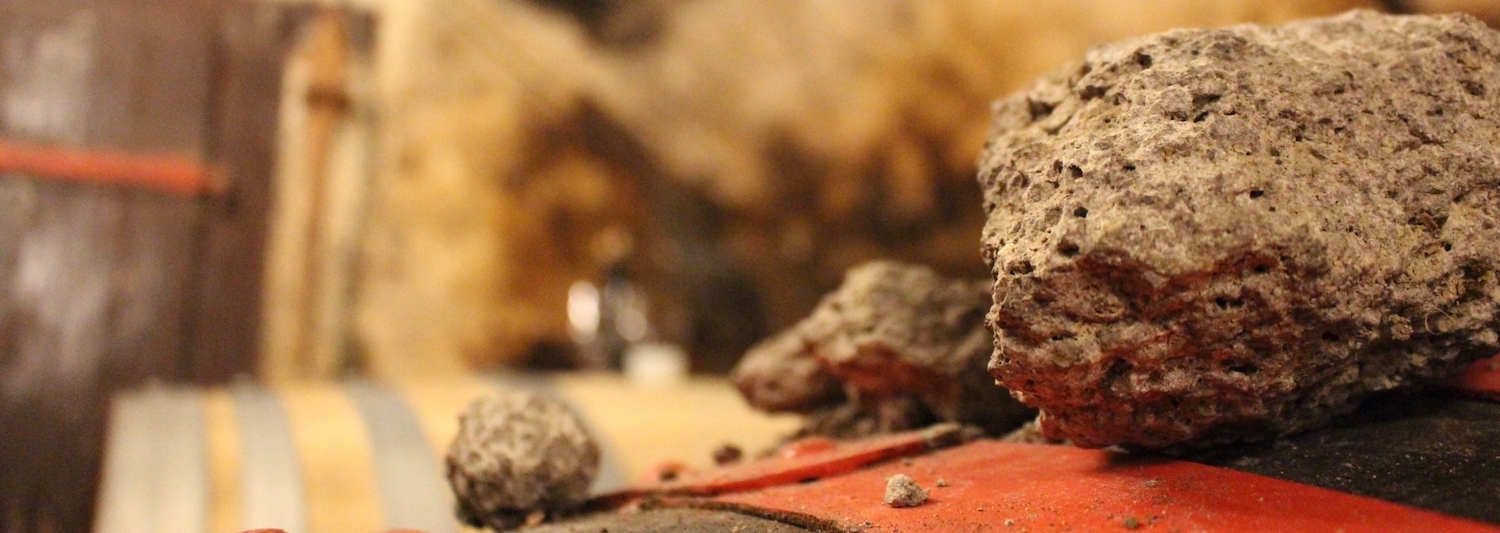

Tokaj Nobilis, Tokaj, Hungary
Born and raised in Tokaj, Sarolta embodies a strong maternal sensibility coupled with a keen sense of the changes and challenges facing probably the best known, but arguably most forgotten wine region in the world — Tokaj-Hegyalja.
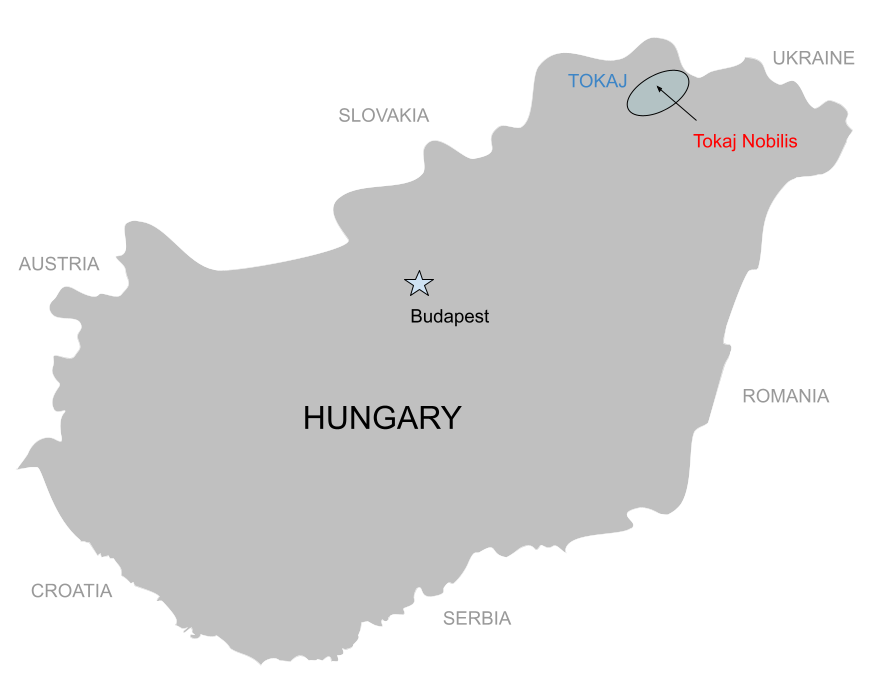
At a Glance
http://www.tokajnobilis.hu
Tokaj
Cool Continental
Rhyolitic tuffs, poor in humus and organic material
250m
Low hills and landscapes of vines and forests
Furmint, Hárslevelű, Yellow Muscat, Kövérszőlő,
6 hectares
Certified Organic
Natural
Tokaj
Cool Continental
Rhyolitic tuffs, poor in humus and organic material
250m
Low hills and landscapes of vines and forests
Furmint, Hárslevelű, Yellow Muscat, Kövérszőlő,
6 hectares
Certified Organic
Natural
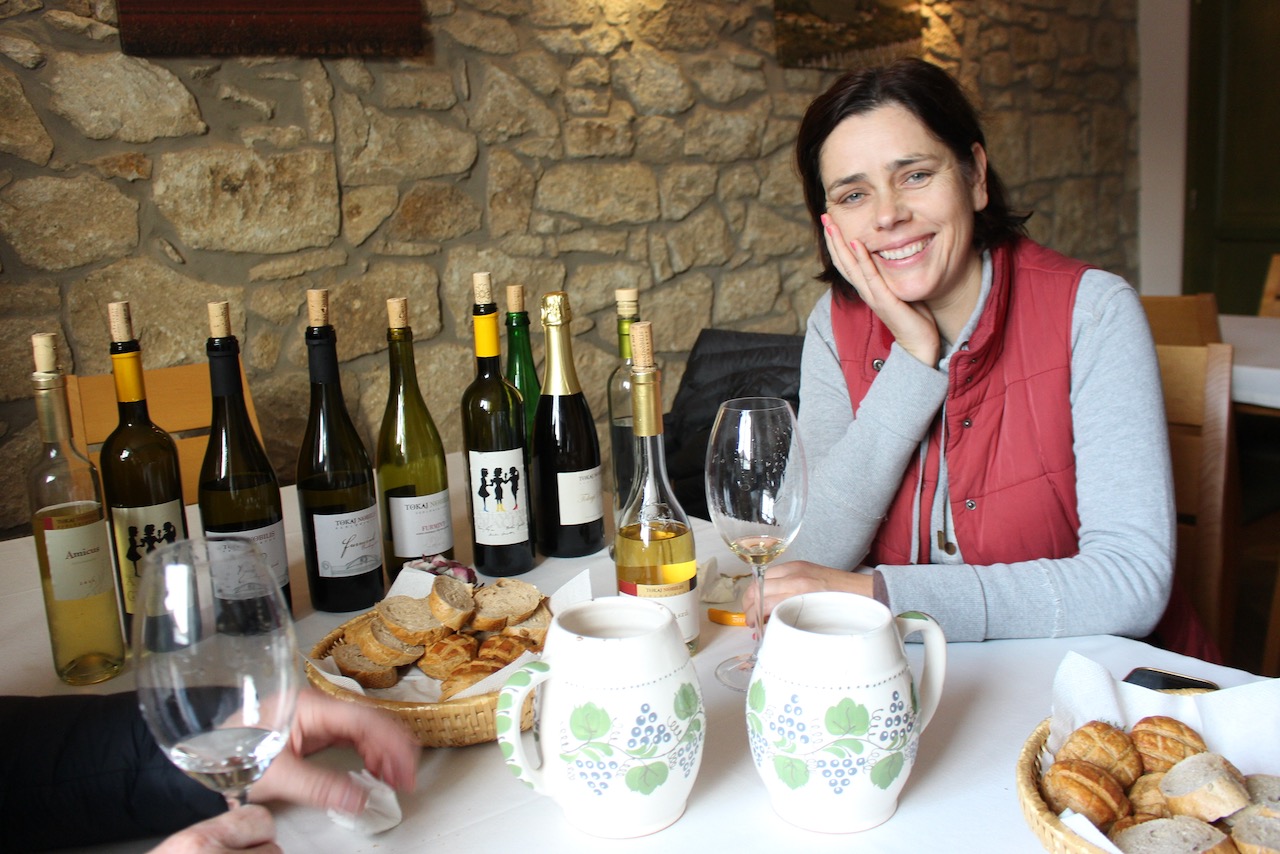
Sarolta Bárdos
The People
Born and raised in Tokaj, Sarolta possess a strong maternal sensibility and keen awareness of the changes and challenges facing Tokaj — one of the best known yet most forgotten wine regions in the world. Beginning her career studying at the University of Horticulture in Budapest, she also took advantage of the recently fallen Iron Curtain and spent time in France, Italy and Spain. Upon returning to Hungary, she worked at Gróf Degenfeld and soon after became the inaugural winemaker at Béres Winery in nearby Erdőbénye overseeing 45 ha of vineyards. Preferring closer attention to detail and the total knowledge inherent in small-scale winemaking, she left and planted her own 6 ha in 1999. In 2005 she converted a traditional 19th century house into a winery and cellar in the middle of the town of Bodrogkeresztúr. In addition to dry and off dry bottlings of Furmint, Hárslevelű, Kövérszőlő, and Sarga Muskotály, she is also making incredible late harvest and Tokaji Aszú 5 and 6 Puttonyos. All her wines embrace a myriad of volcanic soils with remarkable aromatics and balanced acidity.
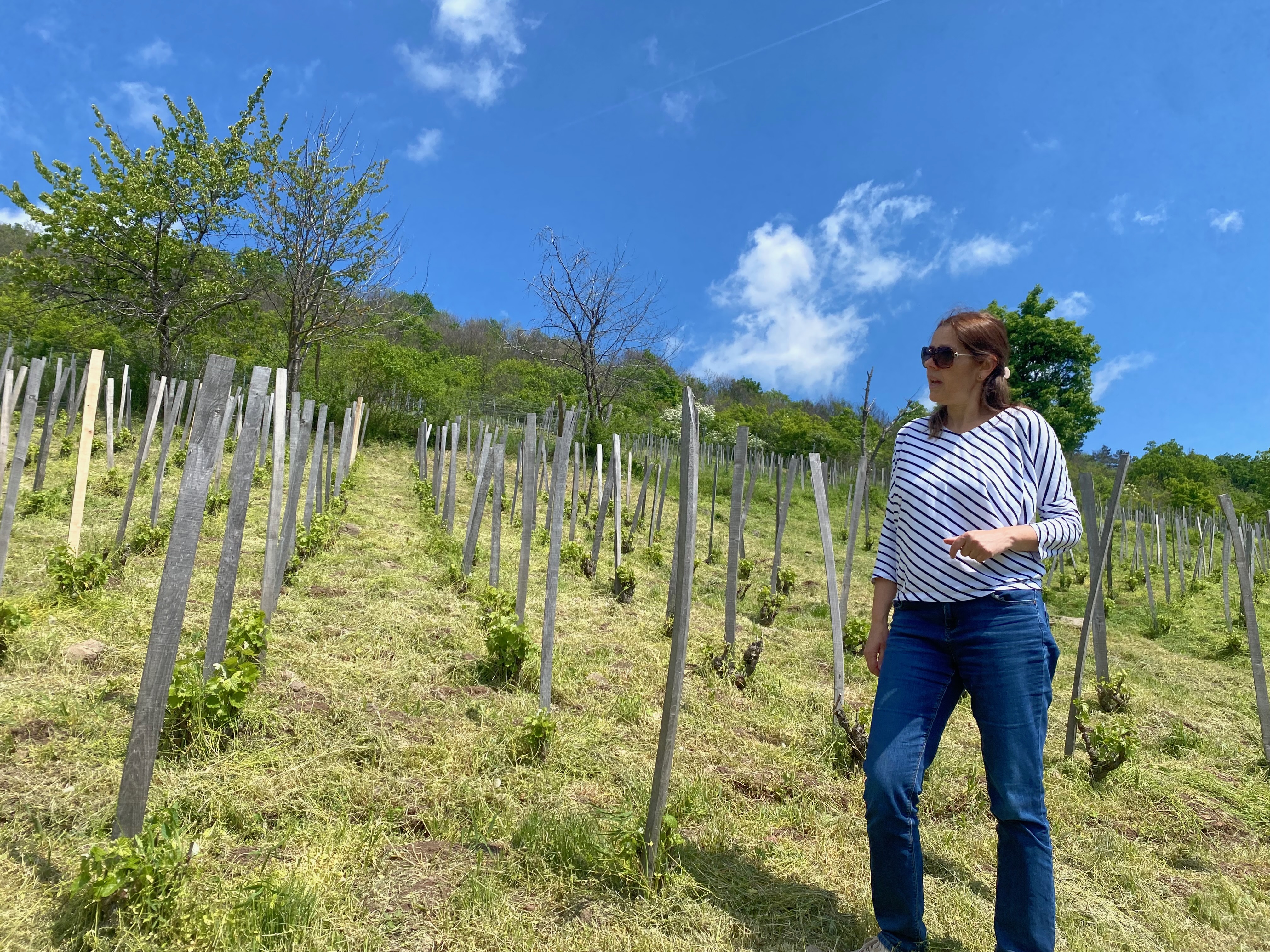
Sarolta and stake trained Furmint
Vineyards
The town of Bodrogkisfalud is right along the banks of the Bodrog River just north of the town of Tokaj. Moving away from the river right up against Zemplen forest at around 250-280 m high is the Csirke-mál vineyard.

Volcanic rocks
The soil is a mixture of heavy clay with exposed volcanic tuffa and hardened black andesite. Given its distance from the river and the exposure to wind, botrytis is kept at bay making it ideal for dry wine production. The previous owners left it about 30 years ago and it lay largely fallow until Sarolta starting bringing it back to life in 2004. Today the vineyard consists of roughly 75% Furmint, 10% Kövérszőlő, and 15% Sarga Muskotály.
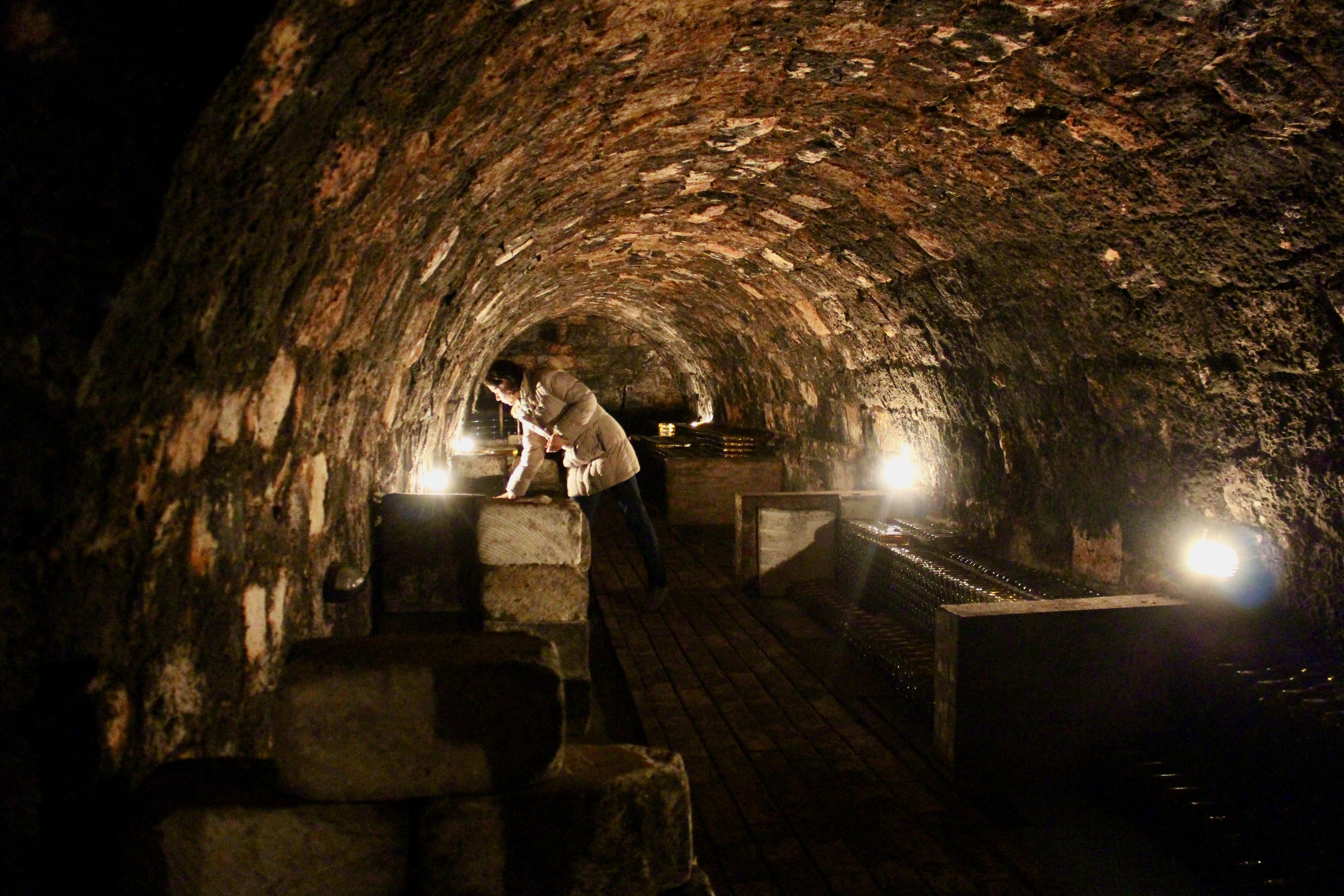
Sarolta in the cellar
Winemaking
Grapes are hand harvested and sorted both in the vineyard and in the winery. All single vineyard wines are fermented with native yeasts in 220 liter Hungarian Zemplén Oak barrels and aged on the less a minimum of 8 months until bottling. Half the barrels are new while the rest are two to three years old. The overall approach is minimal intervention, avoiding botrytis in the vineyard, focusing on a healthy spontaneous fermentation, and letting the vintage decide the balance of sugar, acidity and fruit.
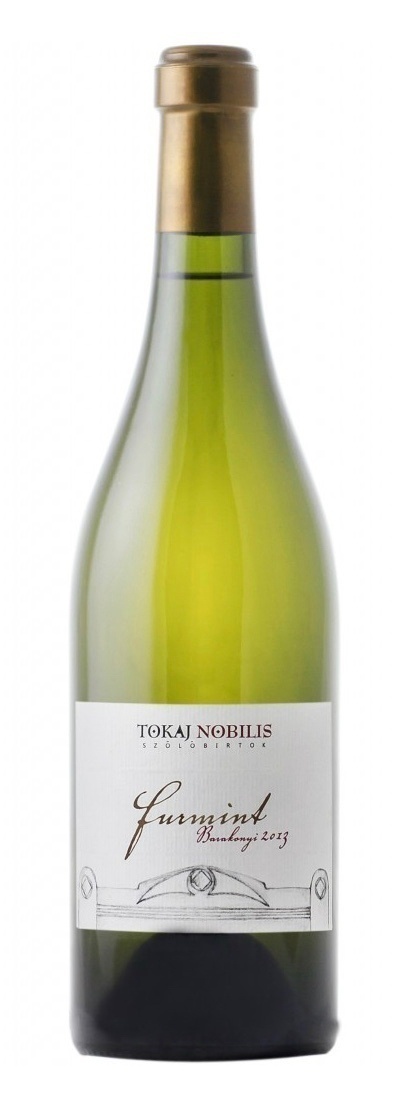
White Wine , Organic
Furmint;
12.4%
1.7 g/l
7.4 g/l
Furmint;
12.4%
1.7 g/l
7.4 g/l
Tokaj isn’t shy on acidity, but combine the mean and lean 2020 vintage and a place like Barakonyi, and we’ve got something so specific that it never gets blended into the sparkling wines. The winemaking is more or less the same as the 2019 (gentle pressing, barrel fermented, aged 6 months in 4-5 year old, 220-litre Zemplén oak barrels), but there’s over a degree less alcohol, one third of the residual sugar and over a 1 g/l more total acidity. There’s more than a subtle reminder that Furmint and Riesling share a parent grape. Nothing to do with the flavor, but rather the remarkable way in which it achieves balance with extreme elements. Drinks great now, but we’re quietly hoping we can pay our bills and hold onto a few cases for a few years too.
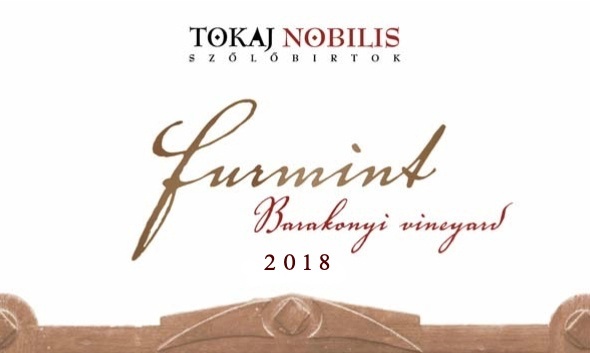
White Wine , Organic
Furmint;
15%
7 g/l
7 g/l
Furmint;
15%
7 g/l
7 g/l
Tokaj isn’t shy on acidity, but combine the mean and lean 2020 vintage and a place like Barakonyi, and we’ve got something so specific that it never gets blended into the sparkling wines. The winemaking is more or less the same as the previous year (gentle pressing, barrel fermented, aged 6 months in 4-5 year old, 220-litre Zemplén oak barrels). This wine is a subtle reminder that Furmint and Riesling share a parent grape. Nothing to do with the flavor, but rather the remarkable way in which it achieves balance with extreme elements. Drinks great now, but we’re quietly hoping we can pay our bills and hold onto a few cases for a few years too.
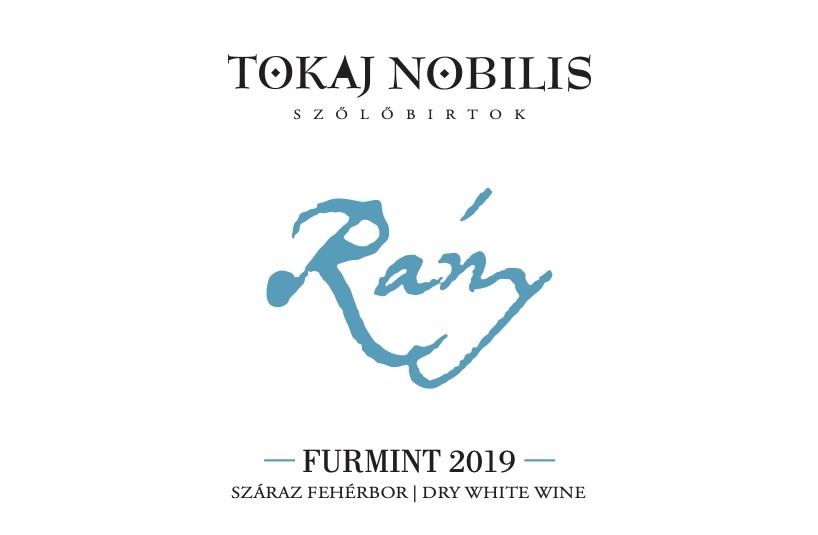
White Wine , Organic
Furmint;
13.6%
2.5 g/l
7.3 g/l
Furmint;
13.6%
2.5 g/l
7.3 g/l
This is the first time we’ve gotten our hands on this single vineyard. Nestled in between the villages of Tolcsva and Olaszliszka, Rány has been classified as a 1st Class Dűlő since 1798, and in 1876 the village of Olaszliszka listed it as a “principal” Dűlő. The current planting is around 60 years old and farmed organically. 5 or so different producers make wine from here and they are all remarkable. Despite the accolades, it’s been largely neglected until recently because it’s extremely rocky and difficult to farm. It destroys most tools and takes a ton of manual labor. Tokaj isn’t short on malic acid, but this site seems to channel and shape it better than most. It’s full of energy and screams Tokaj from every angle.

White Wine , Organic
Hárslevelű;
13.4%
2.5 g/l
6.3 g/l
Hárslevelű;
13.4%
2.5 g/l
6.3 g/l
Because Hárslevelű is more loosely bunched than Furmint, it is less susceptible to Botrytis and is increasingly used on its own as a pure dry varietal white. Where many dry Tokaji wines are acid driven, Saroltaa’s wines are intensely mineral driven. Rich mouth feel, seemingly dry despite its residual sugar, and once given the chance to open up, incredibly distinct. There’s also an amazing sweet and sour quality that lends itself to foods that play off of the same theme. Although deeply concentrated, works well as an aperitif.
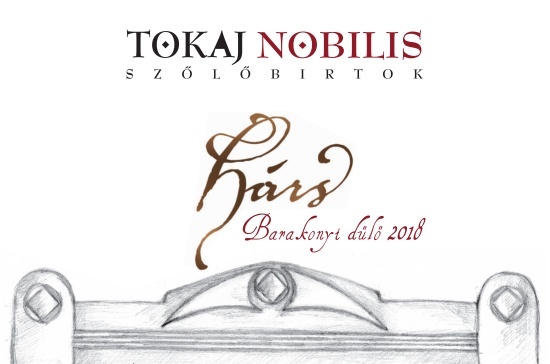
White Wine , Organic
Hárslevelű;
13.9%
6.1 g/l
7.8 g/l
Hárslevelű;
13.9%
6.1 g/l
7.8 g/l
Because Hárslevelű is more loosely bunched than Furmint, it is less susceptible to Botrytis and is increasingly used on its own as a pure dry varietal white. Where many dry Tokaji wines are acid driven, Saroltaa’s wines are intensely mineral driven. Rich mouth feel, seemingly dry despite its residual sugar, and once given the chance to open up, incredibly distinct. There’s also an amazing sweet and sour quality that lends itself to foods that play off of the same theme. Although deeply concentrated, works well as an aperitif.
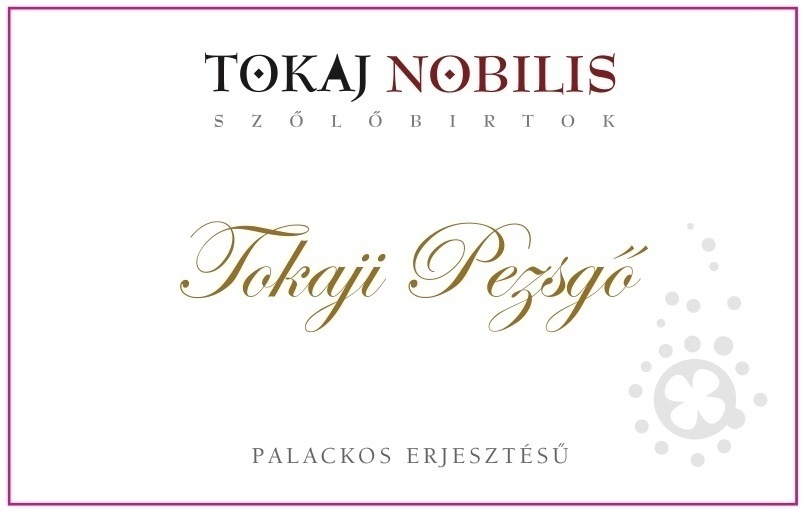
Sparkling Wine , Organic
Furmint;
11.1%
0.1 g/l
6.29 g/l
Furmint;
11.1%
0.1 g/l
6.29 g/l
Sparkling wines are a growing category across the board in Tokaj. You’re never reaching for acidity here, and many sites are adjusting to climate change where botrytis is less and less consistent. The majority of grapes are also late ripening and with thicker skins to handle botrytis, so there’s more texture and ripeness than your average Pinot, Chard or Meunier. Sarolta has been tinkering with traditional method wines since 2009, and was among the very first to do everything in house herself. She opted out of the aromatic route with grapes like Hárslevelű or Sárgamuskotály, and has instead focused on Furmint. She’s also very meticulous about destemming and her base wines are never pumped and instead pressed very soft and low - only free run juice. Fermented in stainless steel and with 3 years élevage, it’s bottled with zero dosage. This is not chasing the brioche of Champagne, but instead focused on the rich salted fruits of Tokaj.